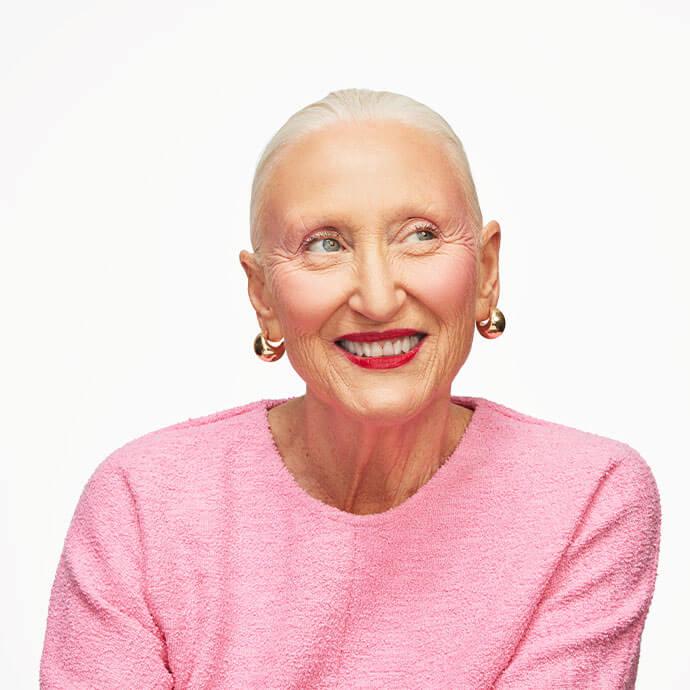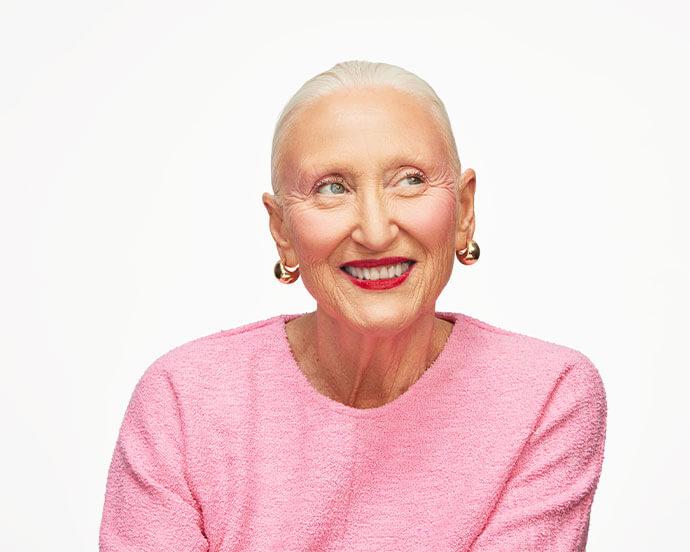Are HydraFacials Worth It? What to Know About the Buzzy Skincare Service



Lindy Segal


From vampire facials to slugging and even the seven skin method, there’s no shortage of new, trendy skin treatments that promise major results. But few seem to be as universally beloved as the HydraFacial, which continues to be one of the most popular treatments at both medical spas and dermatologists’ offices alike. So what makes a facial a HydraFacial, and why are they so sought after? We caught up with New York City-based celebrity aesthetician Edyta Jarosz to learn all about the of-the-moment treatment, and why it should be on your must-try list.


It's about glam time you treated yourself.
MEET THE EXPERT
Edyta Jarosz is a licensed aesthetician at the Shafer Clinic in New York City.
What is a HydraFacial?
As you may have guessed, it’s a facial that hydrates. But there’s much more to it than that. “A HydraFacial is a multi-step facial treatment using a patented device to cleanse, exfoliate, perform pore extractions, and hydrate your skin by delivering customized serums into the skin,” explains Jarosz. “It uses a vortex swirling action to deliver hydration and to remove dead skin cells, dirt and debris, and impurities while cleansing and soothing the skin.” The swirling action comes courtesy of the proprietary Hydratip tool, which simultaneously sucks out gunk from pores as it infuses the skin with hydrating and antioxidant-rich serum add-ons. Cool, right?
So, why are people so obsessed with this treatment, specifically? “This procedure may help treat a variety of skin conditions, including acne, large pores, dryness, and wrinkles,” explains the aesthetician. Plus, the treatment can be done along with other popular skin treatments. “HydraFacials are often used in conjunction with LED light therapy,” says Jarosz, adding that “Blue light can help with acne, while red light can help reduce the visibility of wrinkles.” Even better, she says, “It’s a gentle treatment that’s safe for all types and tones.”
What are the benefits of a HydraFacial?
Each treatment is tailored to the individual’s skin concerns, but generally, here are the benefits that can be expected from a HydraFacial.
Improved skin texture and tone: Before the Hydratip is utilized, salicylic and glycolic acids are applied to the skin for exfoliation, pore cleansing, and more efficient penetration of serums.
Boost in hydration and radiance: The treatment provides a “more hydrated, bright, plump, and clear complexion,” says Jarosz. In fact, it’s become so well-known for its glow-inducing properties, it’s practically become a red carpet prerequisite for celebs.
Anti-aging: The gentle resurfacing helps address signs of aging like dark spots and hyperpigmentation, and the custom serums can help improve elasticity and plump up the appearance of fine lines and wrinkles.
Refined pores: By unclogging pores and removing blackheads, the Hydrafacial can help reduce the appearance of pores (although, of course, the actual size of pores won’t actually change).
Non-invasive: The treatment offers all of these results without a needle or scalpel in sight. “Because the treatment is non-invasive, you can notice positive results right away,” according to the aesthetician.
How much does a HydraFacial cost?
A HydraFacial isn't as pricey as, say, Botox or fillers, but it is still a facial after all. Each treatment can range from $150-$300, depending on the city and where you get service. Prices also generally range higher in large cities like New York, Los Angeles, and Miami.
Are HydraFacials right for me?
HydraFacials are safe for just about all skin types and skin tones, from teens with breakouts to those with mature skin looking to address fine lines. However, there are some exceptions. “You should avoid a HydraFacial if you have an active rash, sunburn, rosacea, or extremely sensitive skin,” says Jarosz. Plus, she adds, “Pregnant women should also avoid this treatment due to some of the ingredients used, such as salicylic acid, which haven’t been tested to be proven safe during pregnancy.” In addition, some products may be irritating during the treatment. “One should stop the use of prescription creams for a few days before the treatment to avoid irritation,” advises the aesthetician.
After the facial, you should be good to go—or shall we say good to glow. Although those with sensitive skin should be sure to communicate that before the treatment. “There are minimal side effects and essentially no downtime post-treatment,” says Jarosz. “You can expect a little redness immediately after a HydraFacial treatment, but it will quickly subside. If you have reactive skin, however, you may experience irritation from the customized serums.”
Want to try the latest in skincare and more each month with the IPSY Glam Bag? Take our Beauty Quiz now to get started. Already an Ipster? Refer your friends to earn points, which you can use toward products. Either way, don’t forget to check us out on Instagram and Twitter @IPSY.
Like this article? Share it with your friends by clicking the icons below!
Liked this post? Share!
Related Stories


Skin
The New Year Is the Perfect Time to Get Ahead of Inflammaging
Published on Dec 15, 2025 • 8 min read


Skin
How to Adjust Your Skincare Routine for Mature Skin in the Winter
Published on Dec 4, 2025 • 7 min read


Skin
We Grabbed Our Crystal Ball and Found These 6 Skincare Predictions for 2025
Published on Dec 10, 2024 • 7 min read


Skin
Simple Self-Care Tips That Actually Make a Difference
Published on Nov 13, 2025 • 12 min read


Skin
10 Thanksgiving Foods That Will Have Your Skin Coming Back for Seconds
Published on Oct 15, 2025 • 7 min read


Skin
Skin Texture 101: Your Guide to the Types of Skin Texture and How to Care for Them
Published on Oct 8, 2025 • 14 min read


Skin
Get Rid of Sebaceous Filaments for Good by Following These Tips From Derms
Published on Sep 30, 2025 • 12 min read


Skin
Dry Skin Friendly Exfoliators That Actually Work
Published on Sep 27, 2025 • 9 min read


Beauty Picked Just for You
Get 5 products worth up to $70
Plus exclusive access to epic deals up to 80% off
Starting at just $14/month. Cancel anytime.